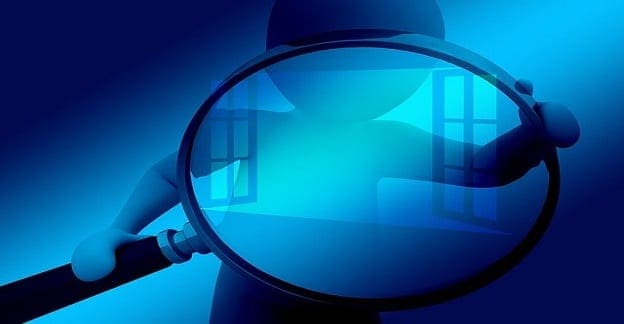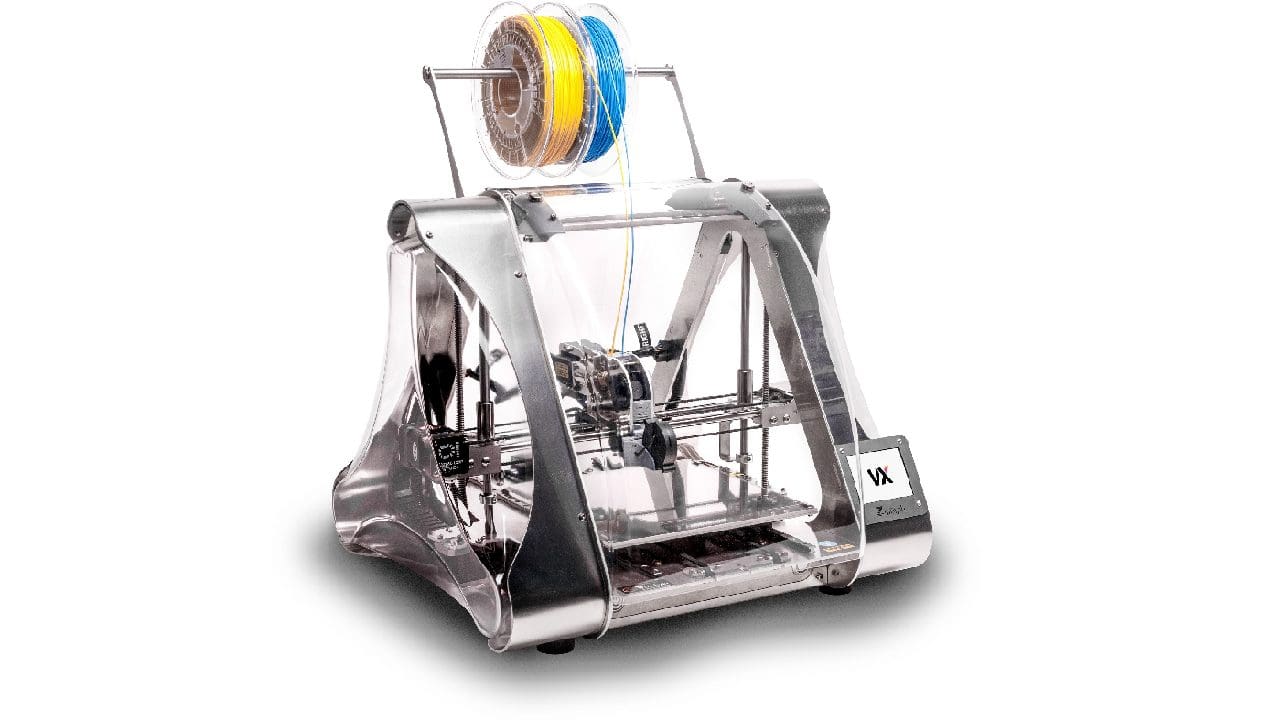Selective Laser Melting or SLM is a 3D printing technology very similar to SLS or Selective Laser Sintering. The difference is that in SLM, the material is fully melted, whereas, in SLS, it is sintered. When the material is metal, SLM may also be known as DMLM or Direct Metal Laser Melting; the technologies however are identical.
The build material is inserted in powder form in an SLM printer, and a single layer is smoothed over the build area. You then replace the air in the printer with a controlled atmosphere. This prevents any combustion or oxidation of the material during the melting process.
Next, you pre-heat the powder is to a little below its melting point. The laser is then directed to complete the melting process with a directing mirror. Once a single layer has been melted, the print bed lowers by the height of a layer. It is recovered with a layer of powder before the laser continues.
When part construction has been completed, you need to leave it to cool for a few hours. Once the part is relatively cool, you can remove the powder from the model with compressed air for reclamation and reuse.
How Does SLM Differ from SLS?
The material is sintered or heated in SLS printers until it bonds with other particles without actually melting. This leaves the parts somewhat porous and with a rough surface. Parts manufactured this way have weaker mechanical properties than cast models of the same material.
In SLM, however, the material is fully melted, which gives it a smoother but still rough texture and results in mechanical properties identical to that of cast models. It also comes with the added advantage of taking the shape of structures only possible with additive manufacturing techniques.
With some materials, the powder can provide enough support to mean that support structures are unnecessary. With metals, however, this is not the case due to the sheer weight of the print, meaning that support structures can be necessary.
Unfortunately, the support material needs to be the same as the print material. Again, depending on the material, this can add some difficulty. Even if the contact points are minimal for ease of removal, breaking titanium, for example, is not an easy task.
The two main downsides of this technology are the small build volumes in all current printers and the price. The printers are costly, easily going for more than $100k each. Often they also need a second expensive post-processing machine or tools. The materials certainly aren’t cheap either. This generally makes SLM unsuitable for home users, even if you’re using a 3D printing service.
Conclusion
Have you had any SLM parts made? What was your experience? Are you happy with the result? Let us know down below.



